Marco Rubio thinks the future of the Republican party should be based on “a multiethnic, multiracial working class coalition.” On Election Night, his colleague Josh Hawley declared, “We are a working class party now. That’s the future.”
The economic lesson from the election, according to Rubio, is that the GOP will win elections only if it sticks to a version of Trumpism without Trump, which he says means avoiding a return to “unfettered free trade” and “market fundamentalism.” Other conservatives who have been arguing for a pivot away from free markets have said something similar since November 3, claiming vindication for their policy prescriptions.
On two basic points, they are right. First, the GOP should absolutely exist to improve the lives of working-class Americans. Second, the election was not a repudiation of the economic policies of the last four years. With the Republicans very likely to hold on to the Senate and gaining ground in the House, it seems the president lost the election despite the economy’s performance during his term, not because of it. Majorities of voters in all major battleground states said they preferred Trump over Biden as to who would better “manage” the economy. Even after the pandemic hit, 56 percent of voters said that they were better off than they were four years ago. That figure is at least nine points higher than it was after the first term of the last four presidents to successfully seek re-election. Many Republicans, and maybe even the president himself once he accepts defeat, will wonder what might have been were it not for the pandemic.
But the lesson from the economic successes of the last four years is not what Rubio and Hawley would have you believe. In fact, it might just be the opposite.
First, let’s look at what those successes were. Before the 2016 election, economists were pessimistic about the country’s growth potential. Unemployment was thought to be close to plateauing at a floor of 5 percent. Then the country experienced forecast-busting GDP growth of 2.9 percent in 2018 and 2.3 percent in 2019, vastly exceeding 2016 Congressional Budget Office predictions of 2.2 percent and 1.7 percent for those years. Unemployment plunged to just 3.5 percent before the onset of the pandemic, its lowest level in five decades. As important, the number of Americans choosing to participate in the workforce bucked dismal forecasts, with strong, sustained growth in prime-age labor force participation for the first time since the 1980s.
Who benefited from this tight labor market and faster-than-expected growth? The working class Americans whom the economic populists say the GOP should champion. Those with less than a high-school diploma saw their unemployment rate bottom out at 4.8 percent in September 2019, the lowest level ever recorded since that series began in 1992. Those who graduated high school or had "some college" education saw unemployment rates fall within touching distance of their lowest levels over the same period, achieved in 2000 and 2001. As Trump was fond of pointing out during the campaign, African American and Hispanic unemployment rates, which have been measured for much longer, fell to their lowest levels since the early 1970s.
Though still sluggish, labor productivity growth increased each year through 2019 after a particularly weak performance in 2016. Such growth is the only sustainable means of achieving higher wages, and that showed in the results: Real compensation per hour was growing at its fastest rate since 2004 before the pandemic.
These headline figures were good news for everyone, with working-class Americans reaping the rewards: Up until 2019, earnings growth for workers exceeded that of managers, and those without bachelors degrees saw faster earnings growth than those with them. Yes, state and local minimum wage laws disrupt this data, and these wage floors can be harmful for some workers who might find their job opportunities more restricted as a result, but labor economist Ernie Tedeschi has concluded that minimum wage increases “aren’t responsible for most of the wage growth, or for most of the acceleration in wage growth,” even among those affected.
Insofar as the federal government deserves credit for these results, the question is what policies helped create such benign conditions for the American worker?
Here, the answer is an awkward one for critics of what is caricatured as “free market fundamentalism.”
The Trump administration took a free-market stance on economic regulation, significantly reducing the introduction of new regulation, engaging in some meaningful executive deregulation, and even working with Congress to undo other regulation via congressional review. In doing so, it strengthened competition and helped deliver lower prices to consumers, especially in markets such as that for generic drugs. By reducing regulatory uncertainty or fears about compliance more broadly, this hands-off approach also granted businesses the confidence to get on with hiring, innovating, and investing rather than worrying about how they would have to manage more stringent requirements of them.
Congressional Republicans and Trump left the U.S.’s flexible labor laws largely untouched, even as many on the right were making the case for government action to boost “bargaining power.” Yet unemployment plummeted and wages rose. The U.S.’s open labor markets achieved much lower structural rates of unemployment than in continental Europe, where powerful trade unions and strict labor laws often create job markets divided between “insiders” and “outsiders,” just as free-market theory would suggest.
For all its shortcomings, the Tax Cuts and Jobs Act also contributed to this improved economic performance. Economists Robert Barro and Jason Furman estimate that the cuts to marginal income tax rates likely lifted the level of GDP, on average, by 0.9 percent each year in 2018 and 2019, in part by improving the incentive to earn income—i.e., raising labor supply. The cuts to the corporate income tax rate from 35 percent to 21 percent, alongside the time-limited provisions on expensing of investment, lowered the cost of capital. Basic economics suggests that will raise capital investment and, in the longer term, productivity and wages. Indeed, the Congressional Budget Office concluded that in 2018 the tax cuts had raised business fixed investment in line with its predictions, but that in 2019 investment was weaker, in part, because of “increases in tariffs, greater uncertainty about trade policy, and slower economic growth in the rest of the world.”
That brings us to Trump’s biggest deviation from free market orthodoxy. This administration really did depart from GOP conventional wisdom on trade policy. And the academic consensus now suggests that by doing so, Trump made the Americans he promised to save from the ravages of international trade poorer than they would have been otherwise.
As Scott Lincicome highlighted this week, a St. Louis Fed study has found that “those states more exposed to trade experienced lower increases or even decreases in output growth and employment growth between 2018 and 2019.” The authors report that businesses in states that were highly integrated into the global trading system changed their hiring and production decisions after announcements of tariff increases, with an especially strong response in states exposed to changes in U.S. tariffs. You see story after story about the deleterious impacts of Trump’s tariffs on different industries. Evidence of the trade war making America great again is a lot harder to come by.
A recent World Trade Organization assessment of the trade war with China alone found that Trump’s policies likely reduced U.S. GDP by 0.2 to 0.4 percent. And it concludes that these costs were probably considerably higher given the incentive-sapping effects on investment of all the uncertainty and political dysfunction the tariffs wrought. The mini “manufacturing boom” of 2018 started trailing off in 2019 as the tariffs started to bite. This is exactly what “free market fundamentalists” warned would happen, given the critical importance of imported inputs and intermediate goods into the production process of manufacturing industries.
The upshot of all this is that the Trump administration delivered prosperity with free-market policies and then undercut those gains with a dose of economic populism. Yet to listen to Rubio and Hawley, as well as policy wonks like Oren Cass, it is now in workers’ interests to build on Trump’s destructive protectionism with new industrial strategies and "pro-worker" labor laws. It is a strange paradox of the debate in Washington today that the most vocal supporters of the policies that helped deliver the Trump boom are the ones most widely derided as being on the wrong side of economic history.
In the coming debate about the future of the GOP, those serious about building a working-class party should be honest about which policies actually help American workers, as opposed to just "appealing" to them. And those typecast as “free market fundamentalists” should not be shy about the fact that it was their preferred policies that helped generate greater prosperity for working class Americans.
Ryan Bourne occupies the R. Evan Scharf Chair for the Public Understanding of Economics at the Cato Institute. Oliver Wiseman is U.S. editor of The Critic.
Photograph by Mark Ralston/AFP/Getty Images.
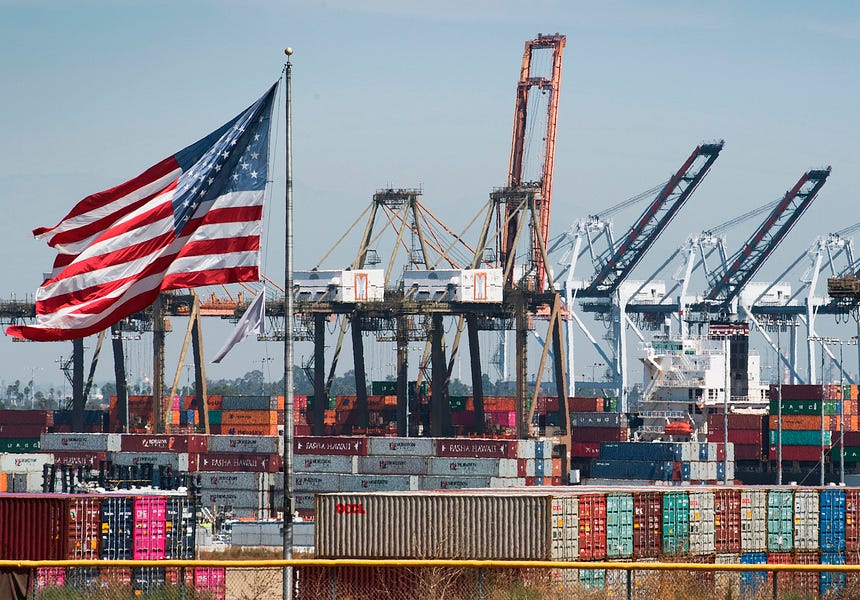
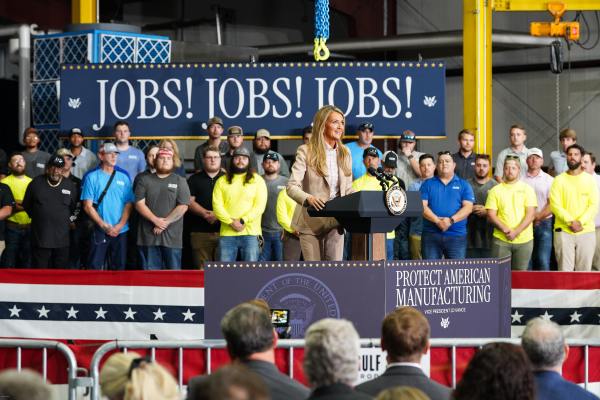
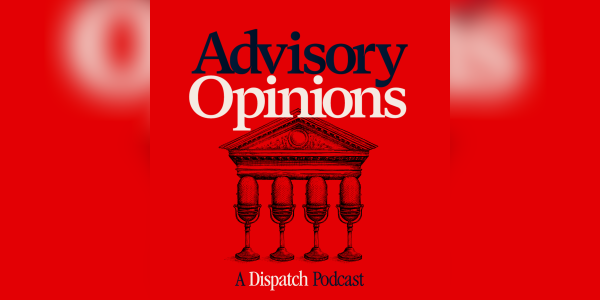
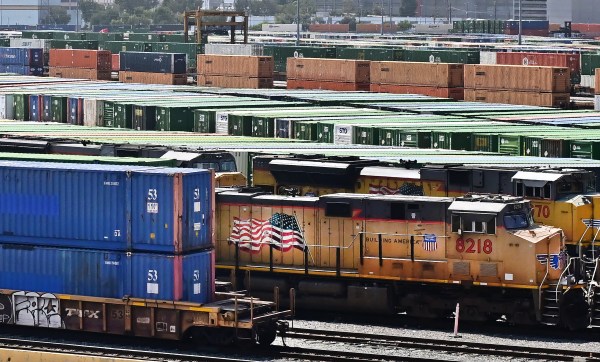

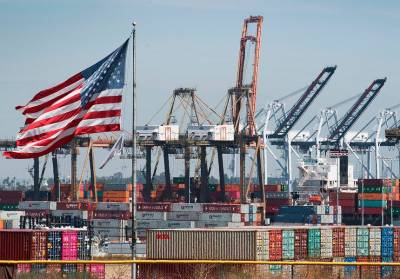
Please note that we at The Dispatch hold ourselves, our work, and our commenters to a higher standard than other places on the internet. We welcome comments that foster genuine debate or discussion—including comments critical of us or our work—but responses that include ad hominem attacks on fellow Dispatch members or are intended to stoke fear and anger may be moderated.
With your membership, you only have the ability to comment on The Morning Dispatch articles. Consider upgrading to join the conversation everywhere.